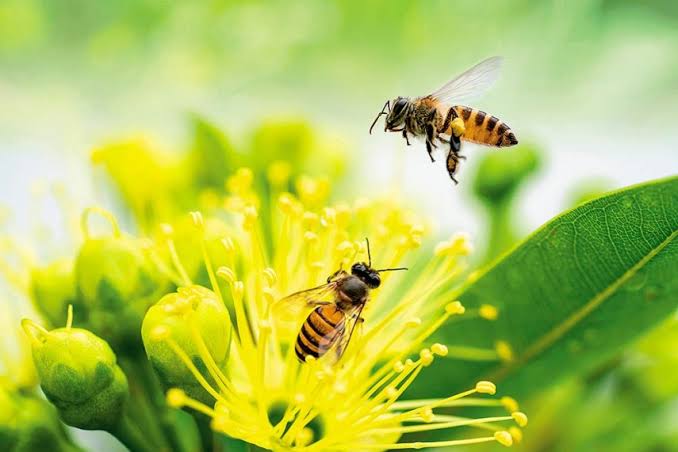- Get link
- X
- Other Apps
PASSION FRUIT PRODUCTION AND MANAGEMENT (Passiflora edulis )
VARIETIES Uganda has a wide collection of passion fruits which consist of local purple, local yellow, kawanda hybrid selections, sweet granadila, introduced purple, yellow hybrid and hard shell varieties. Present popular varieties are the local purple and the kawanda hybrid. The local purple is highly preferred for local and export markers due to its purple fruits being rich in aroma and flavor. However, it has small fruits. Its also susceptible to magor passion fruit diseases. The local small purple variety does well in cool wet areas. The local yellow is highly valiable but generally has vigorous vine growth, large fruits comparebly more acidic than the local purple and its appreciable resistant to root rot diseases. It is presently used as a rootstock on graft otherwise susceptible superior fruiting commercial varieties The kawanda hybrid is a cross between mubende local yellow and yellow passion fruit. It has large purple fruits, with vigorous vine growth habit and its h...


Comments
Post a Comment